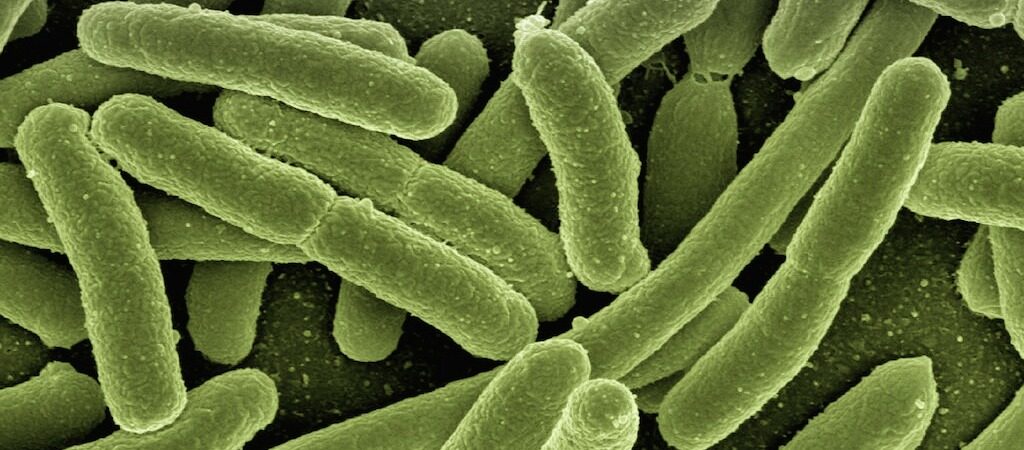Recently (see “What changes in milk tell us when we forestrip“), we focused on the worst-case scenario referred to udder issues in lactating cows to understand the mechanism behind tissue damage and the importance of a proper foremilk stripping.
Being able to identify and understand the meaning of milk flakes and other visible signs in foremilk helps early detect clinical cases of mastitis. A correct approach in such a delicate moment is strategic in preventing and controlling mastitis in dairy cows. And it has also an impact in minimizing the recurrence of clinical cases in our herd.
Recurrence of clinical mastitis is discouraging. It can cause huge economic losses on dairy farms.
The reasons why mastitis can be recurrent are explained as a persistent infection of the mammary gland by a mastitis pathogen or reinfection of the udder (or quarter) after an antibiotic treatment.
As other issues, there is a series of risk predisposing factors of recurrent mastitis: parity (the risk is greater in older cows), a higher milk production, what pathogens have been involved in preceding cases, and whether the antibiotic therapy has been strictly followed previously.
Recurrent clinical cases represent an economic loss due to the following effects on dairy cows, herd and farm: reduction of milk yield, increased risk of culling and mortality. Moreover, we should also consider animal health costs met for treating affected cows.
Undoubtedly, bacteria have many selective advantages if compared with other living beings. They have survived the worst environmental conditions, which have somehow guided their evolution. They are simple and they replicate at high speed rates. And, among other things, they can form biofilms.
The ability of forming biofilms becomes a real selective advantage for pathogens causing mastitis since it facilitates bacterial persistence in the udder. Unfortunately, this is not the only consequence: it has been shown that biofilms have a role in increased resistance to antimicrobials and to the host defensive system.
Bacterial biofilms are more difficult to treat and eradicate, thus knowing how microorganisms interact within these structures and how these structures spread throughout the udder could let us think over different prevention and control strategies.
The formation of the biofilm structure begins with the adhesion to a surface and subsequent agglomeration of cells. Adhesive forces are required by the biofilm to colonize surfaces and allow cell communication. Biofilms also have the potential to create fluid-filled channels thanks to disruptive forces. Channels are needed for the delivery of nutrients, oxygen and metabolites throughout the structure.
These disruptive forces are also essential for the detachment of cells, which limit the expansion of the biofilm structure but allows the infection to disseminate and colonize other niches in the cow’s udder through a dynamic process. This aspect can render the dissemination of the infection systemic.
Significant genetic and physiological changes occur in those bacteria forming the biofilm. The resulting effect is a loss of sensitivity to antibiotics.
The presence of biofilms in mammary glands can be linked to a reduction of the effectiveness of antibiotic therapies. According to scientific literature (Gomes et al., 2016) biofilm formation can be triggered by sub-inhibitory concentrations of several antimicrobial agents.
Moreover, the effect of the environment on biofilm formation has been studied (Atulya et al., 2014), in particular the influence of milk components, finding a certain effect exerted by pH. A decrease in pH facilitates biofilm formation thus causing serious issues when using acidic antibiotics to treat mastitis.
Recurrence of intra-mammary infections and the fact that biofilms are less susceptible to antibiotic treatments can exacerbate the ongoing challenge of antimicrobial resistance.
In this context, prevention, control, responsible use of antibiotics and a mutual dialogue between dairy farmers and veterinarians are key measures to tackle recurrent mastitis.
Moreover, there is an aspect that we should consider: the effectiveness of a specific antibiotic relies also on synergies it creates with the targeted tissue at the cow’s body level. The udder tissue, if damaged, would not be able to properly play its role in this powerful synergy.
Thus, protection of the udder tissue is essential, as we have already seen previously.
Those right tools that protect the udder tissue, in combination with all the abovementioned practices, can really help reverse the pattern.

